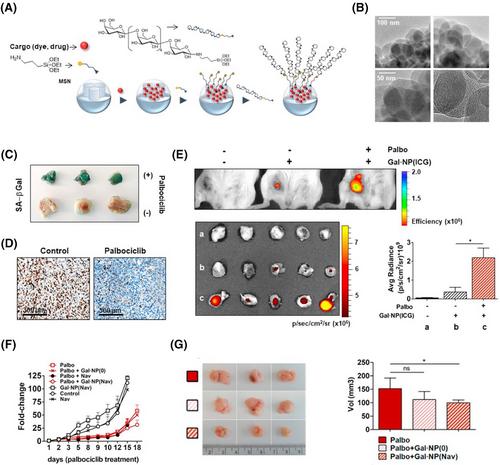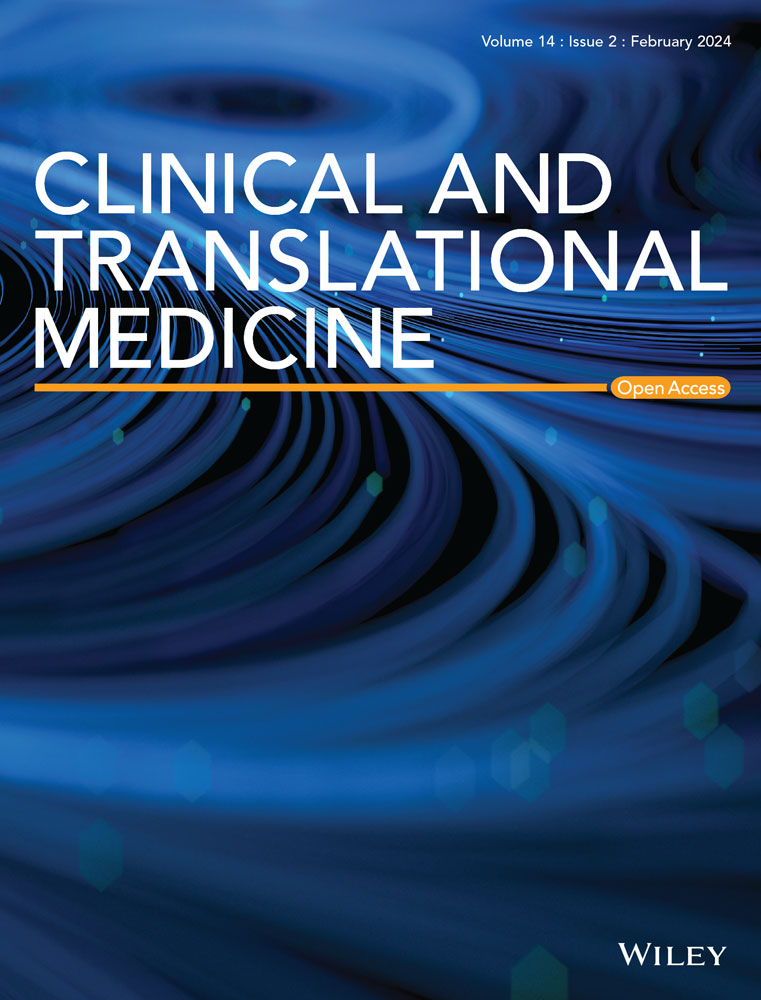Targeting senescence-associated secretory phenotypes to remodel the tumour microenvironment and modulate tumour outcomes
Abstract
Tumour cell senescence can be induced by various factors, including DNA damage, inflammatory signals, genetic toxins, ionising radiation and nutrient metabolism. The senescence-associated secretory phenotype (SASP), secreted by senescent tumour cells, possesses the capacity to modulate various immune cells, including macrophages, T cells, natural killer cells and myeloid-derived suppressor cells, as well as vascular endothelial cells and fibroblasts within the tumour microenvironment (TME), and this modulation can result in either the promotion or suppression of tumorigenesis and progression. Exploring the impact of SASP on the TME could identify potential therapeutic targets, yet limited studies have dissected its functions. In this review, we delve into the causes and mechanisms of tumour cell senescence. We then concentrate on the influence of SASP on the tumour immune microenvironment, angiogenesis, extracellular matrix and the reprogramming of cancer stem cells, along with their associated tumour outcomes. Last, we present a comprehensive overview of the diverse array of senotherapeutics, highlighting their prospective advantages and challenge for the treatment of cancer patients.
Key points
- Senescence-associated secretory phenotype (SASP) secretion from senescent tumour cells significantly impacts cancer progression and biology.
- SASP is involved in regulating the remodelling of the tumour microenvironment, including immune microenvironment, vascular, extracellular matrix and cancer stem cells.
- Senotherapeutics, such as senolytic, senomorphic, nanotherapy and senolytic vaccines, hold promise for enhancing cancer treatment efficacy.


 求助内容:
求助内容: 应助结果提醒方式:
应助结果提醒方式:


